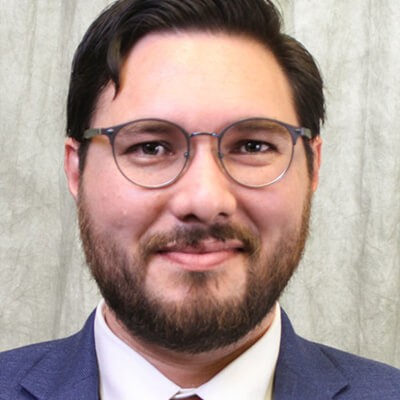
Postdoctoral Fellow
National Institute on Minority Health and Health Disparities
Dynamic Acculturation Factors and Cardiometabolic Risk Among Bhutanese Refugees Living in the United StatesSouth Asians—defined as people from India, Sri Lanka, Nepal, Bangladesh, Pakistan, and Bhutan—are the fastest-growing U.S. immigrant subpopulation, second only to Mexicans. Relative to other South Asian immigrants, Bhutanese refugees have lower socioeconomic status and greater cardiometabolic risk. Compared with the rest of the U.S. population, Bhutanese refugees have 33.3% higher poverty rates and 9% lower educational attainment on average, along with greater mental health burdens. Little is known about how Bhutanese refugees undergo the acculturation process and how they show acculturative stress and adaptive strategies. The relationship of the acculturation process and risk of cardiometabolic disease is also relatively unknown.
The Bhutanese Community of Central Ohio (BCCO) has identified cardiometabolic health as a priority and has expressed strong support for the proposed study, which will enable the BCCO to understand the extent of cardiometabolic risk and meaningfully address it. Dr. Ishino will work with the BCCO and The Ohio State University to examine the relationship between acculturation and cardiometabolic risk among Bhutanese refugees in the United States. Cardiometabolic risk will be modeled using a syndemic framework, a set of linked health problems, including hypertension, type 2 diabetes, and overweight/obesity, that worsen the disease burden by promoting the interaction of biological, psychological, and social factors. The research team’s goal will be to collect culturally appropriate data to help understand the relationship of dynamic acculturation and cardiometabolic risk among Bhutanese refugees and to independently identify risk profiles, which may help explain differences in cardiometabolic outcomes among Bhutanese refugees in the United States.

















